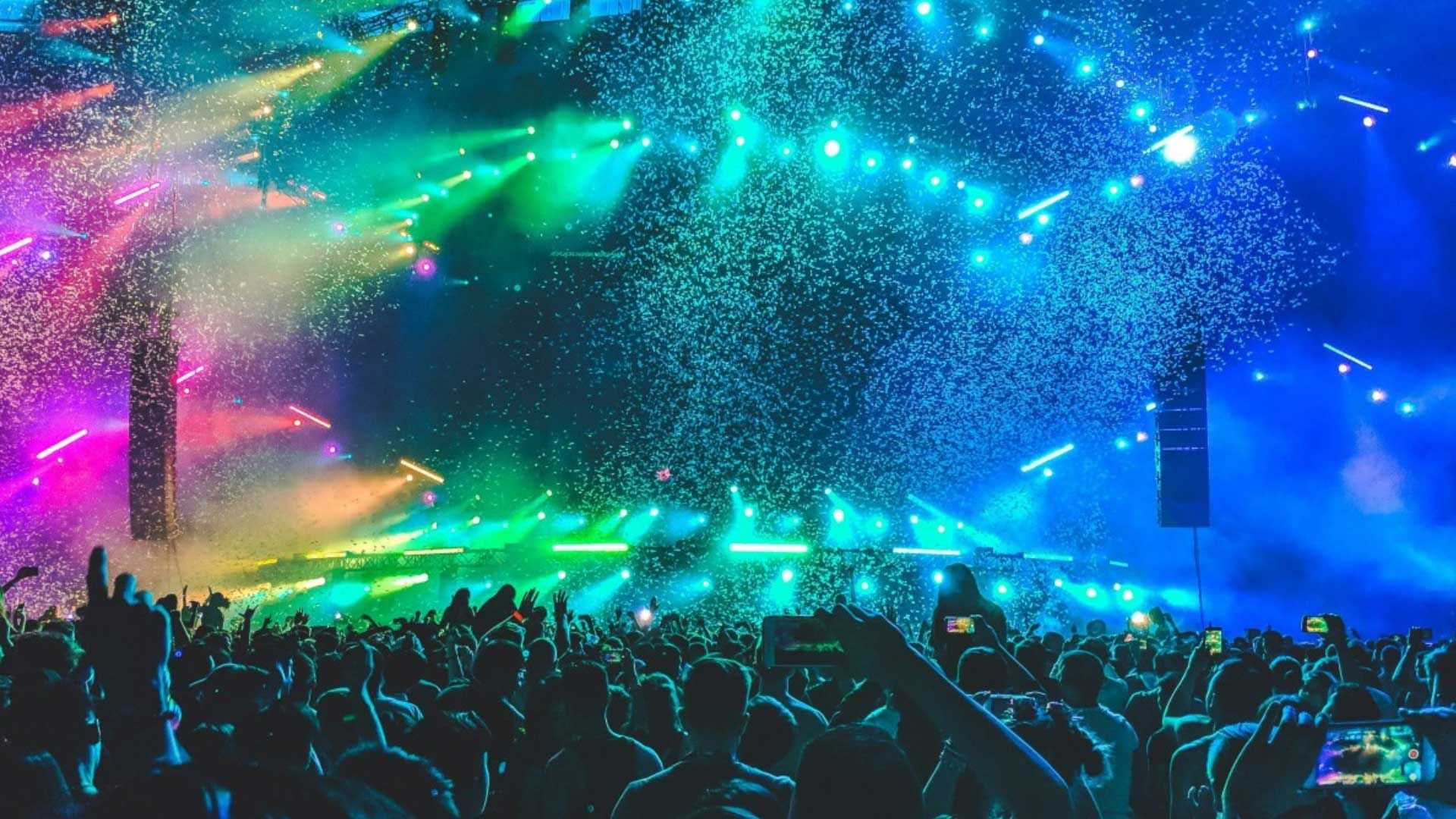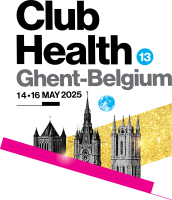
The Power of Dance: How Dancing Enhances Physical, Social, and Mental Well-Being
Dancing has always been more than just a form of entertainment. Across time and cultures, it has served as a primal expression of joy, connection, and freedom. In recent years, particularly within the vibrant world of nightclubs, music festivals, and electronic dance music (EDM) events, dance has emerged as a powerful outlet for the new generation. Gen Z, in their search for freedom, self-expression, and a modern sense of hedonism, have embraced these spaces as sanctuaries where physical, social, and mental well-being come together in a perfect storm of music and movement.
On a physical level, dancing is a full-body workout that goes beyond what traditional exercise routines offer. In nightclubs and festivals, where electronic music pulses through the air, the repetitive rhythms and extended hours of dancing create a unique form of cardio exercise. With the beats driving the crowd, people move freely and continuously, burning calories without even realising it. This movement not only strengthens muscles but also improves stamina, flexibility, and coordination. It’s no secret that hours of dancing in a packed club or under the open skies at a festival can leave you sore, but it’s that good kind of soreness—a sign that your body has worked hard, moved freely, and benefitted from the natural exertion of dance.
For many, nightclubs and festivals are spaces where social well-being comes alive. Dance floors become gathering points, and the shared experience of music creates an unspoken bond between strangers. Whether it’s a spontaneous smile exchanged in the middle of a dance or the silent understanding between partners during a groove, these spaces foster connection in ways that transcend words. In the EDM scene, which often celebrates inclusivity, diversity, and acceptance, dance becomes a communal language. Gen Z, often described as the most digitally connected yet emotionally isolated generation, finds in these events a chance to break free from screens and interact with real human beings. The simple act of moving together in rhythm creates a sense of belonging, even if for just one night, within a sea of people who are all searching for the same thing—release, connection, and joy.
Dance floors, particularly in the world of electronic music, also offer a safe space for self-expression. The connection between freedom of expression and physical movement is perhaps best seen in the club culture, where inhibitions fall away as people lose themselves in the beat. For Gen Z, often navigating a world of societal pressures and curated online personas, these moments offer a rare opportunity for authenticity. In these spaces, dance becomes a form of self-exploration. Whether through experimental movements or bold fashion choices that would seem out of place in everyday life, individuals can test the limits of who they are and how they want to present themselves to the world. There’s no right or wrong way to dance—there’s only the way your body feels the music.
Mentally, the effects of dance go even deeper. In the swirling energy of festivals and nightclubs, dancing allows for an emotional release that is often hard to achieve elsewhere. It’s well documented that physical activity stimulates the release of endorphins, and dancing is no exception. But in the heightened atmosphere of an EDM rave or a night out at a club, the effect is amplified. The combination of rhythmic movement, flashing lights, and deep bass can bring on an almost trance-like state, helping people to disconnect from their everyday stresses and anxieties. For many, this is a form of escapism, a mental break from the pressures of school, work, or social expectations. It’s no wonder that electronic music events have become havens for Gen Z—a generation known for dealing with record levels of stress, anxiety, and mental health challenges.
The connection between dance and mental well-being also extends into mindfulness. In moments of intense dancing, your mind quiets. The chatter of daily worries falls away, and all that exists is the present moment—the beat, the movement, and the collective energy of the crowd. This is why many people describe dancing at festivals or clubs as a form of therapy. It provides a break from the noise of modern life, offering clarity and peace, even amidst the chaos of the dance floor.
Dance also offers a sense of freedom that feels almost rebellious in today’s world. Gen Z’s love for nightclubs, music festivals, and EDM speaks to a new-found hedonism—a desire to live in the moment, embrace pleasure, and push back against the rigidity of modern life. This is not the reckless hedonism of past generations, but rather a conscious decision to prioritise joy, connection, and experience in a world that often feels fragmented. On the dance floor, especially at festivals where the music goes on for hours or even days, time becomes fluid. People find themselves in an alternative reality where the stresses of life melt away, and all that matters is the beat, the movement, and the shared energy of the crowd.
In these spaces, the power of dance is felt in its purest form. It’s a reminder that despite the challenges of modern life, there are still moments where we can lose ourselves completely, reconnect with our bodies, and find joy in the simplest act of moving to the music. In nightclubs, at festivals, or in your living room with the speakers turned up high, dance invites you to be free—physically, socially, and mentally.
In a world that increasingly feels disconnected, where so much of life is experienced online or in isolation, the act of coming together to dance has taken on new significance. It’s about reclaiming the joy of being in the moment, of feeling alive in your body, and of connecting with others on a deeply human level. Whether through the pulsating rhythms of electronic music, the shared euphoria of a festival, or the freedom of expression found on the dance floor, the importance of dance to our well-being has never been more evident. Dance is a celebration of life, and for Gen Z, it’s a reminder that in movement, we find our most authentic selves.
